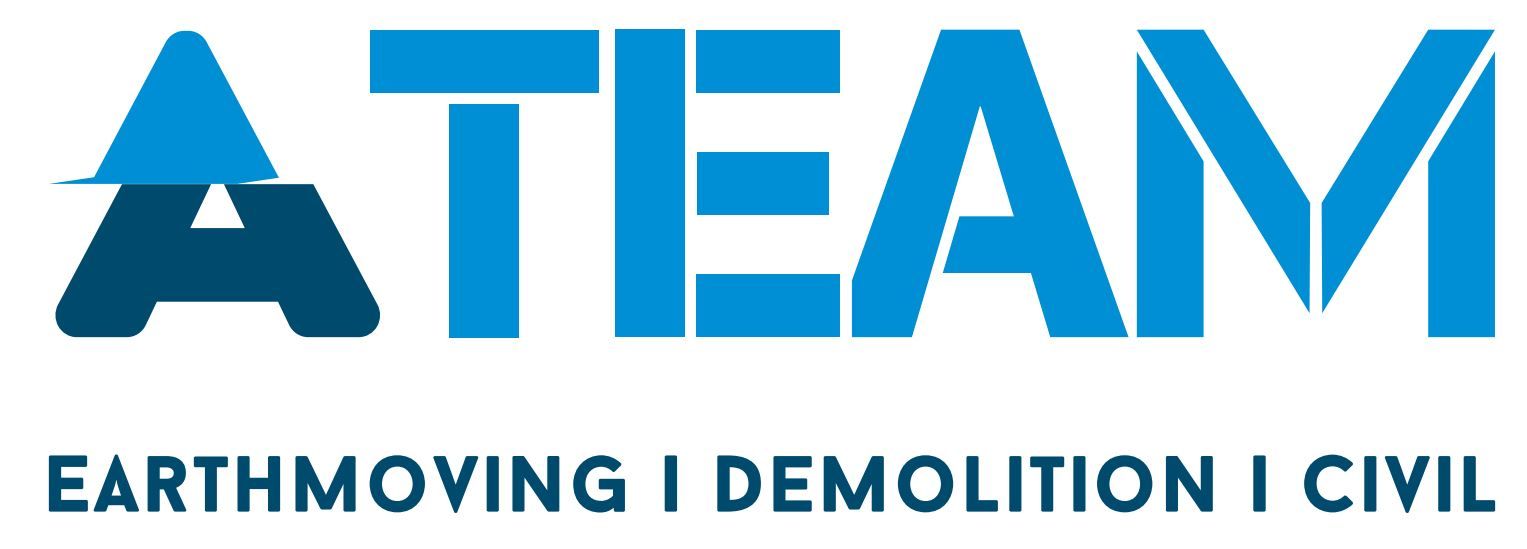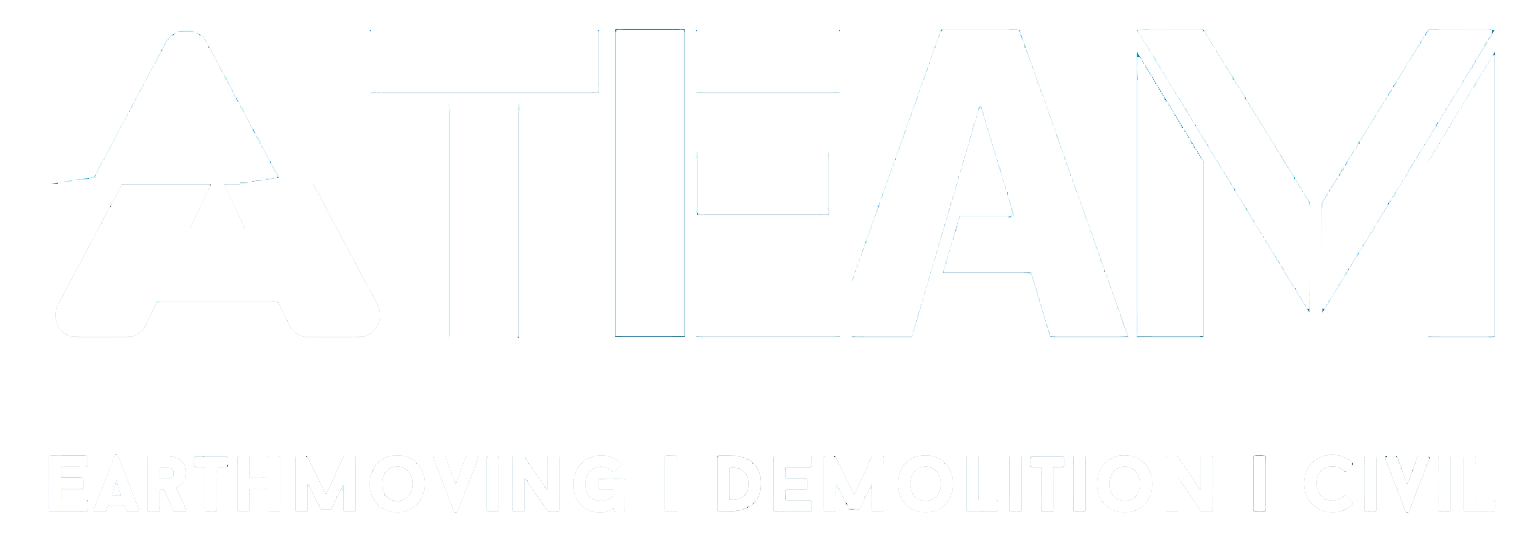Take 2min to understand Excavation Hire Equipment
The Occupational Safety and Health Administration outlines the Excavation and Trenching Standards that should be observed during the excavation process. The guidelines are aimed at protecting and reducing severity and frequency of excavation-related injuries and accidents.
The OSHA guidelines apply to all excavations made on the surface of the earth including trenches. Anyone who is intending to carry out an excavation project to build a home or any other structure must begin by excavating to lay down a foundation. Excavation is not only essential for laying down a foundation but for installing electrical and plumbing systems. Therefore, it is critical to be conversant with all the OSHA guidelines.
Among the common hazards that can occur during excavation include cave-ins, falling loads, falls, hazardous atmospheres and accidents related to equipment use.
Helpful excavation tips and tricks for a successful construction project.
Understand soil mechanics
Cases of deformations and stress can occur in a trench or open cut. The moisture content does influence the stability of excavation or trench. Soil sliding is common and can lead to soil failure. In fact, it is more prevalent in areas with sloped trenches and braced trench boxes. Factors such as excessive vibration, weather conditions, and surface encumbrances can also contribute to soil failure.
Proper supervision and planning can help eliminate instances of soil sliding. Tension cracks usually form horizontal distances of up to three-quarters the size of a trench. Such cracks can cause toppling which is very hazardous to excavation. Soil should be tested and treated if need be.
For soil that is too loamy, it is ideal to dig deep to reach the strong soil. Superficial digging can make a foundation weak leading to sinking. Additionally, a construction erected on a weak foundation is susceptible to moving earth conditions. Soil testing, therefore, is critical to starting any excavation project.
Do thorough land survey before excavation
Before excavation, it is essential to determine the land angle to use. This means one will need to obtain the right measurements before carrying out any groundbreaking task. The land survey helps to reduce problems related to foundation leveling and re-leveling. No one would want to do and redo excavation.
Alongside land survey, it is good to understand all the hazards involved. This may include marking of utility
lines like gas, sewerage, and their depths verified.
Drill to remove groundwater
A pump line can be used to remove groundwater and prevent it from flooding the work area. A pump line next to an excavation site can help eliminate such hassle. OSHA specifies that dikes, ditches, diversions and other suitable means should be used to prevent water accumulation in an excavation site. Excavations should also be examined for runoffs in the case of heavy rains.
Use support, shield and other protective systems to prevent cave-ins
Upon the excavation of a trench, it is essential to protect those working on the site from cave-ins. The use of continuous sheeting that covers the full depth of trenches can provide great support particularly in areas with unstable soil conditions. Steel sheeting can be used as well but will need the installation of a pile driver. In the case of wooden sheeting, a pneumatic hammer will be ideal.
Have safe egress and access to all excavations
OSHA requires that adequate means of egress and exit be provided in case one is working in trench excavations of more than 1.22 meters. The common types of exit include steps, ramps, ladders and more. Ladders should be secured and have an extension of 0.9 meters above the landing or even more.
Test for atmospheric contaminants
Atmospheric contaminants testing should be done first before conducting the excavation. Testing must be done consistently especially in cases where there’s too much cutting, welding and burning to ensure that the entire trench is safe for the workers and those living around. Workers may be needed to wear respiratory protection.
Emergency rescue is ideal in case of an unsafe atmosphere. Hazards such as asbestos might be present, and testing is paramount.
Excavation comes along with several perils that require proper planning and handling. Safety must be a priority. For those who don’t understand the standards and guidelines related to excavation, hiring a professional might be the best move. B E Plant offers custom excavation hire for all types of construction projects.
The post Take 2min to understand Excavation Hire Equipment first appeared on B E Plant Hire Brisbane.
Follow us
CONTACT US
26 Smith St, Brisbane QLD 4157, Australia
USEFUL LINKS
SERVICES
SERVICE LOCATIONS
© 2023 A Team Demolition & Civil | Privacy Policy Terms and Conditions Terms of Trade | Built by iseekplant

